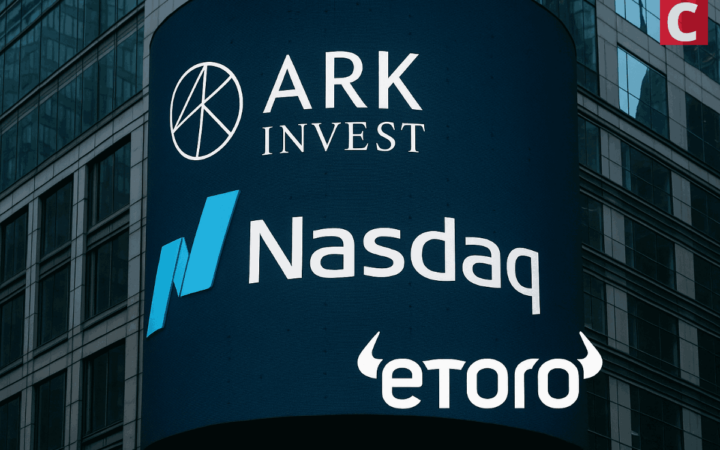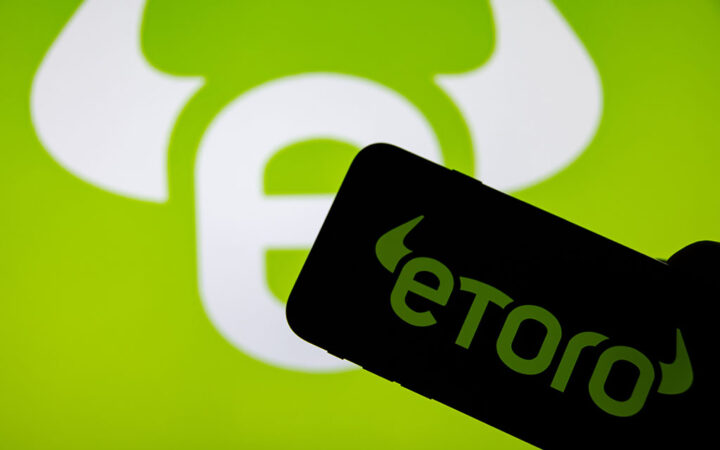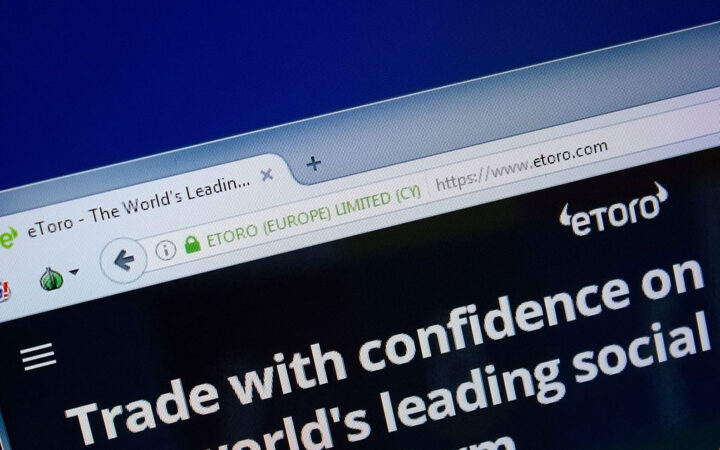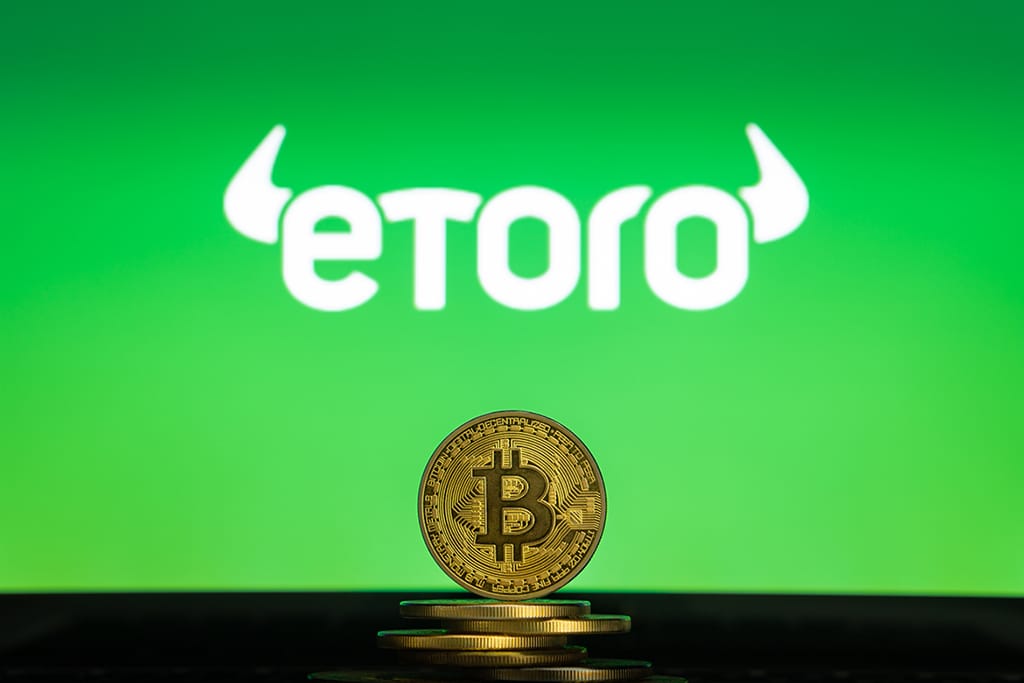
Please check out latest news, expert comments and industry insights from Coinspeaker's contributors.
Learn all the intricacies of XRP/GBP trading, which pairs up Ripple’s famous XRP, the native cryptocurrency of company’s payments settlement and one of the world’s largest cryptos, with UK currency pound sterling (GBP).
XRP/GBP trade pairs up XRP, the native cryptocurrency token of Ripple’s payments settlement, currency and digital assets exchange and remittance system blockchain, with UK currency pound sterling (GBP). XRP is the third largest cryptocurrency by market capitalization and the GBP is the fourth most transacted fiat currency in the world.
However, XRP, in keeping with the wider cryptocurrency market, is many times more volatile than the GBP in terms of daily averages. Cryptocurrencies, including major ones such as XRP, still show the average daily price movement of between 4% and 8%. Major fiat currencies, such as the GBP, have an average daily volatility of closer to 0.4%. As such, trading XRP GBP price is far more about the price swings of the base XRP side of the pair.
65% of retail investor accounts lose money when trading CFDs with this provider. You should consider whether you can afford to take the high risk of losing your money.
Traders should familiarise themselves with XRP and the Ripple platform, though a general understanding of the factors influencing fiat currencies, particularly the GBP, should also not be ignored.
As very broadly described, Ripple is a financial transaction platform powered by blockchain. It has three core pillars – payments settlement, a currency and digital assets exchange and a remittance system. It differs from other major blockchains in a few key ways, not least with regards to the function of its native XRP cryptocurrency.
Firstly, while as a blockchain platform Ripple is inherently ‘decentralised’, it is fair to describe it as a lesser shade of decentralized than most other prominent blockchains. Its underlying protocol is controlled by one company, Ripple Labs, rather than a community of developers as is the case with truly public blockchains. Ripple is also a ‘permissioned’ rather than a public blockchain.
This means that Ripple Labs decides who may act as a transaction validator on the network. Rather than meritocratic mining fulfilling this function, Ripple’s validators consist of the company’s own nodes as well as Microsoft and MIT among other established actors.
The advantage of this is the speed at which transactions on the network are validated – a few seconds – and being able to scale effectively according to need. It also means that whether users make a Ripple-based financial transaction using XRP as a proxy, or not, is voluntary. t the moment the platform mostly facilitates the transfer of fiat currencies in electronic format.
However, any kind of digital asset can be processed over the platform. Doing so through XRP is simply less expensive – estimated to be more than 20% cheaper.
Ripple Labs also own the majority of the XRP tokens in circulation – around 60% at the time of writing. The company plans to sell this holding off over time to finance new projects and R&D. Major international banks and financial institutions such as Spanish bank Santander, BNP Paribas, UBS, Westpac, HSBC, Barclays, and American Express, to name just a few are already partners and use Ripple’s platform to some extent.
Some, including Santander and Standard Chartered, are even investors. Rather than being seen as a competitor to the established financial system, as other cryptocurrencies are positioned, Ripple and XRP are attempting a revolution from the inside.
Ripple’s blockchain-based gross payments settlement system aims to eventually replace the current SWIFT system by offering a far faster and cheaper alternative for international payment transfers.
As already mentioned, the GBP is the fourth most traded fiat currency in the world, through a combination of foreign exchange markets and international trade. This liquidity, in conjunction with the UK’s relative political stability and a strong economy, has meant that it is not a particularly volatile currency.
Over the past couple of years, a situation that can be expected to roll on for at least a couple more, volatility has risen due to the uncertainty around the Brexit process and how leaving the EU will impact the UK economy.
Trading cryptocurrency and fiat mixed pairs is very different from trading pure fiat pairs or even crypto to crypto combinations. The huge difference in volatility between the cryptocurrency market and fiat foreign exchange market almost renders the price movement of the fiat side of the pairing meaningless.
The GBP’s average daily volatility is a little over 0.4% against most other major fiat peers, even in this period of heightened Brexit volatility.
Cryptocurrency volatility fell significantly over the course of 2018, especially beyond the third quarter. Despite that, all the major cryptocurrencies still move an average of mid-single digit percentages in an average day, and it is not unusual for that to increase to 10% or more.
And among the top three cryptocurrencies by market capitalization, XRP is by far the most volatile. In early 2018 XRP’s average volatility was more than twice that of Bitcoin and Ether and while that has receded throughout the year, from over average above 20%, it is still in the upper single digits.
The result in that huge gulf in average volatility is that trading the XRP/GBP chart pair has very little to do with the price direction of the GBP half. The GBP’s value moves on a combination of the strength of the UK economy and the Bank of England’s monetary policy.
Even within the present context of Brexit uncertainty, with the GBP losing around 20% against the USD in the few months after the referendum, the GBP’s movement pales into insignificance. At least within the context of intraday or swing trading, it is very unlikely to make much of a difference if XRP is paired with the GDP or another fiat currency.
For longer-term trades over several months, more attention would be given to the fiat side, but the recent swings in pound sterling’s value are historical anomaly.
Most traders opening an XRP/GBP price position would be expected to do so because their trading account is denominated in pound sterling as its base currency, rather than as a particular play on GBP against XRP in favor of another fiat currency. The focus of the trader should also be on XRP’s direction with only minimal consideration given to that of the GBP.
A major driver of XRP, other than general sentiment around the wider cryptocurrency market, which is still highly correlated, is the coin’s volatility. Because users of the Ripple platform don’t have to use XRP as a transfer proxy, most currently choose not to because volatility levels make this a huge risk.
This is the main factor driving recent XRP losses. However, the blockchain platform itself is gaining significant traction and being adopted by an ever-increasing number of financial services and banking partners. If volatility recedes, it would be expected that more people will start using XRP, pushing up its price. Traders would be advised to track this influencer as a potential signal for a coming uptick in XRP’s fortunes.

Please check out latest news, expert comments and industry insights from Coinspeaker's contributors.




